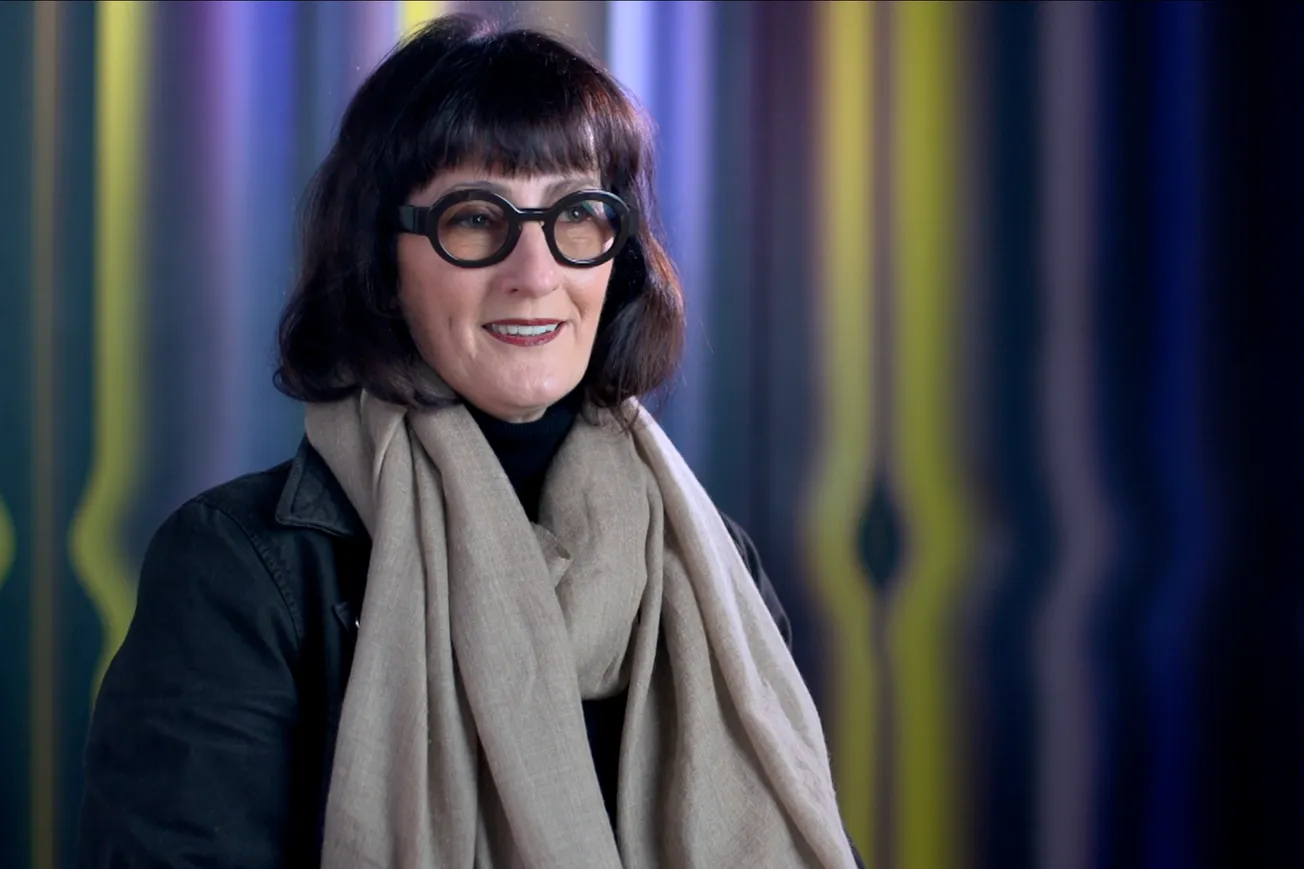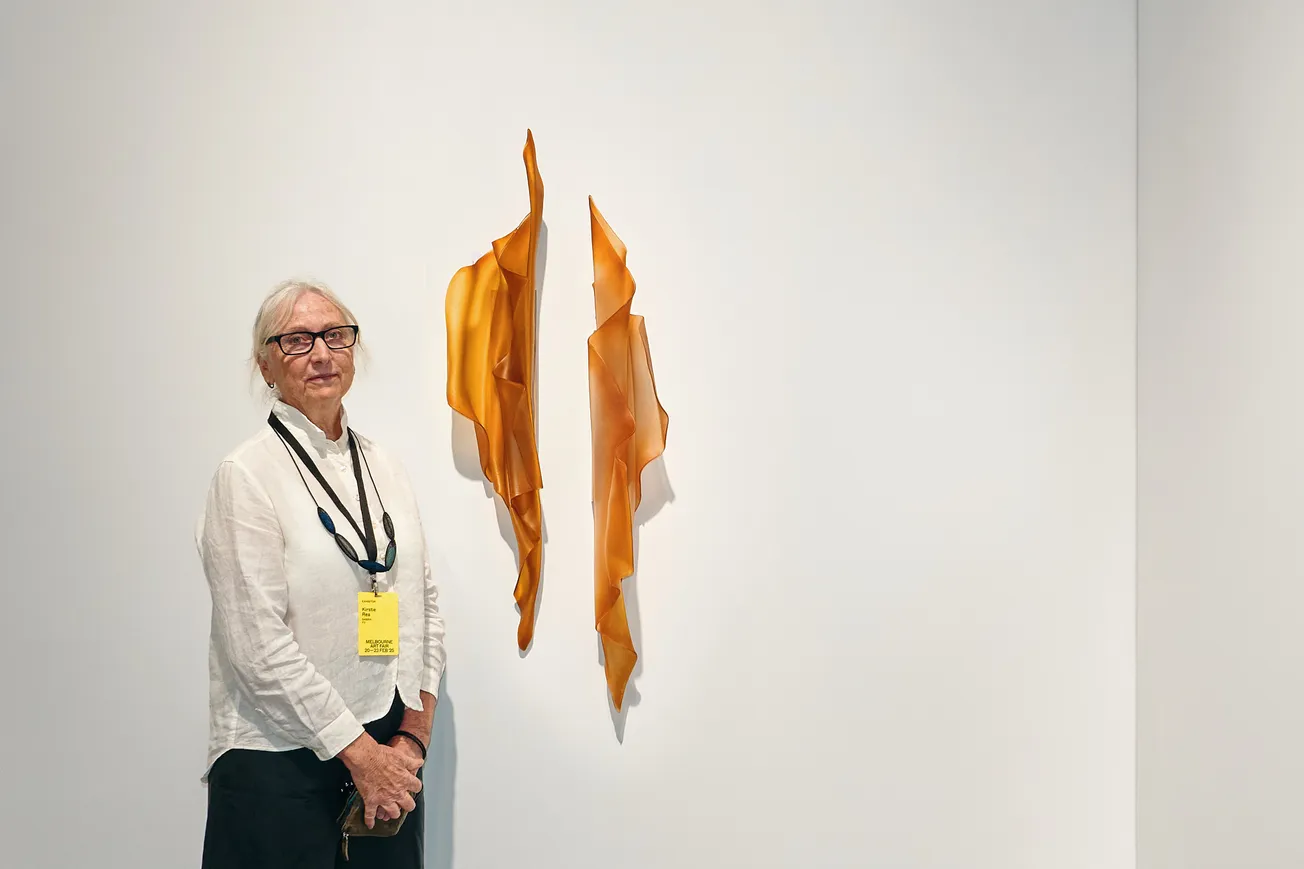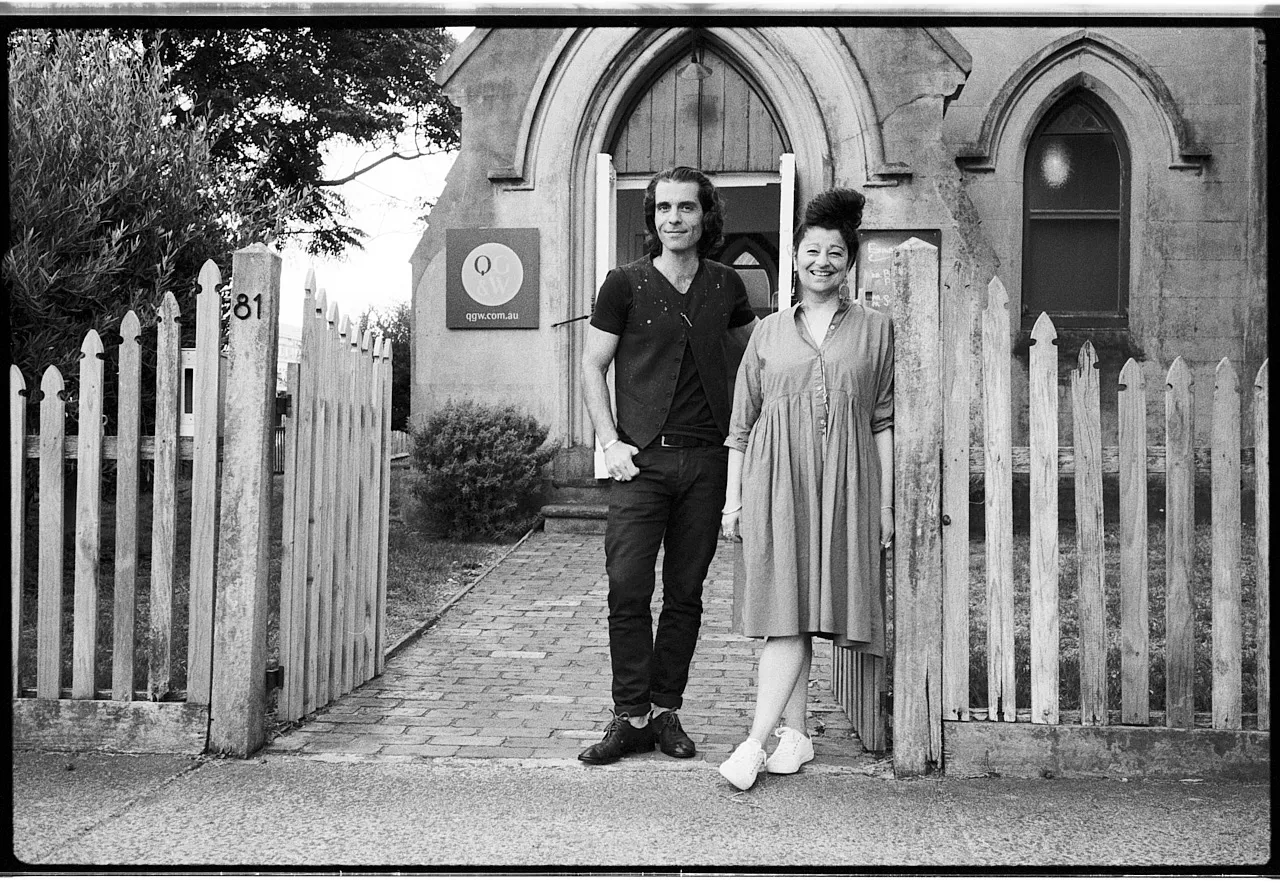Table of Contents
Cosmic Patterns in "To See a World in a Grain of Sand"
Marion Borgelt's 2012 exhibition "To See a World in a Grain of Sand" represents a pivotal moment in the acclaimed Australian artist's exploration of cosmic patterns, natural phenomena, and the intersection of science and art. Taking its title from William Blake's poem "Auguries of Innocence," the exhibition exemplified Borgelt's ability to transform abstract concepts into visually striking works that engage viewers on multiple levels.
Throughout her four-decade career, Borgelt has established herself as one of Australia's most significant contemporary artists, known for her versatility across painting, sculpture, and installation. Her work in the 2012 exhibition continued her investigation of natural cycles, particularly the waxing and waning of the moon and its relationship to time, light, and transformation.
The exhibition featured several of Borgelt's signature series, including her "Lunar" paintings, which employ circular forms and gradients of color to evoke celestial bodies and their movements. These works demonstrate her masterful understanding of color theory, with compositions that seem to pulse with an inner light as viewers move around them. Through careful layering of pigment and precise geometric construction, Borgelt creates optical effects that suggest the rhythmic patterns of lunar phases.
Complementing these paintings were sculptural works from her "Liquid Light" series, featuring undulating wooden forms meticulously covered in colored beeswax. These pieces transform under different lighting conditions, with their smooth, reflective surfaces creating a sense of fluidity despite their solid construction. The contrast between the organic, flowing appearance and the methodical craft involved speaks to Borgelt's interest in dualities – order and chaos, permanence and change.
What made "To See a World in a Grain of Sand" particularly significant was Borgelt's integration of scientific principles with sensory experience. Many works incorporated mathematical concepts such as the Fibonacci sequence and sacred geometry, reflecting her ongoing fascination with how mathematical patterns manifest in nature. Yet these intellectual underpinnings never overshadow the immediate visual impact of her art. Viewers need not understand the mathematical principles to appreciate the harmony and rhythm evident in her compositions.
Borgelt's materials in this exhibition were as diverse as her conceptual interests. From traditional oil on canvas to beeswax, wood, steel, and even optical glass, she selected each medium for its specific properties and symbolic resonances. This material exploration reflects her background studying in both Australia and France, where she absorbed influences ranging from European modernism to Eastern philosophies.
Critics noted how the exhibition demonstrated Borgelt's unique ability to create work that is simultaneously intellectual and sensual. Her art invites both analytical contemplation and visceral response, operating in what she has called "the space between knowing and not knowing." By translating cosmic phenomena into tangible art objects, she makes the abstract accessible without simplifying its complexity.
"To See a World in a Grain of Sand" also showcased Borgelt's meticulous craftsmanship. Each piece evidenced hundreds of hours of precise labor, from the careful layering of paint to the exact positioning of elements in her installations. This dedication to craft, combined with her conceptual depth, has established Borgelt as an artist whose work rewards repeated viewing.
The exhibition ultimately offered a meditation on how we perceive and understand our place in the universe. Through her exploration of natural cycles, astronomical phenomena, and mathematical patterns, Borgelt created a body of work that encouraged viewers to contemplate the interconnectedness of all things – Blake's entire world contained within a single grain of sand.









